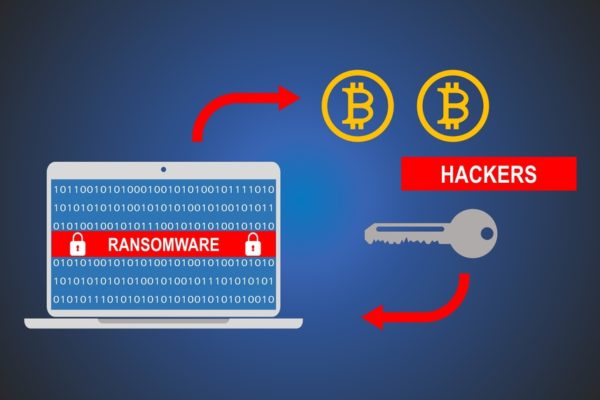Healthcare industry has been dismantled with the onslaught of ransomware attacks in 2018 as several hospitals and institutions have been unable to save their systems from the advanced and sophisticated ransomware distribution and infection strategies. Ransomware removal experts found a similar case when a health institution in Missouri, Blue Springs Family Care disclosed that data of almost 45,000 patients was compromised as cybercriminals continuously assaulted its systems with cyber attacks.
This development invalidates a few media reports claiming a decrease in ransomware campaigns. In fact, recently LabCorp Diagnostics, one of the largest clinical laboratories in the US also reported a huge breach while another healthcare institution in Missouri, Cass Regional was also an unfortunate victim of a ransomware attack.
Steps Taken to Deal with the Threat
Blue Springs actually discovered the presence of a ransom in their systems in mid-May. Subsequently, a firm’s services were acquired for analysis and ransomware removal. The firm deduced that a combination of malware along with ransomware invaded its systems. However, it was not ascertained that how the cybercriminals manage to infiltrate countless viruses without any cyber-resistance from the systems as well as their order of infiltration.
These attacks enabled the cybercriminals to tap into the databases of Blue Springs and extract the entire informational data of patients. This information ranges from names, banking details, SSN, licenses, medical diagnoses, and treatment. Ransomware removal analysts have cautioned that this information can be misused for medical and identity fraud.
The infection segments of the systems were isolated in order to limit further proliferation and damage and work was initiated for ransomware removal. Moreover, newer anti-malware tools have been deployed in the systems to keep an eye on the future cyber-threats. Additionally, security measures like firewalls and intrusion prevention systems have also been installed. Lastly, from now on all the patients’ data will be encrypted which means that cybercriminals will be unable to read the data even after a breach.



